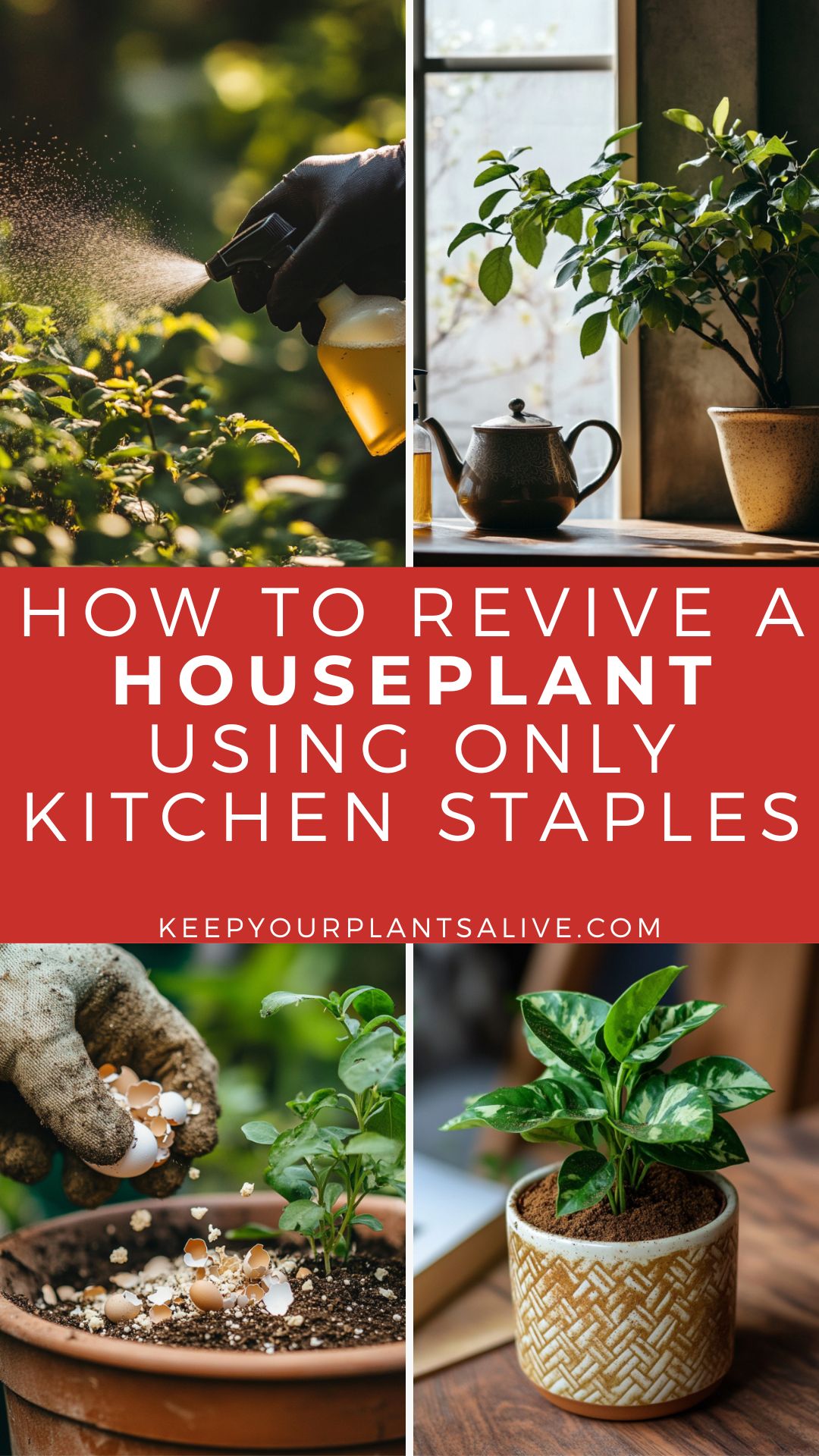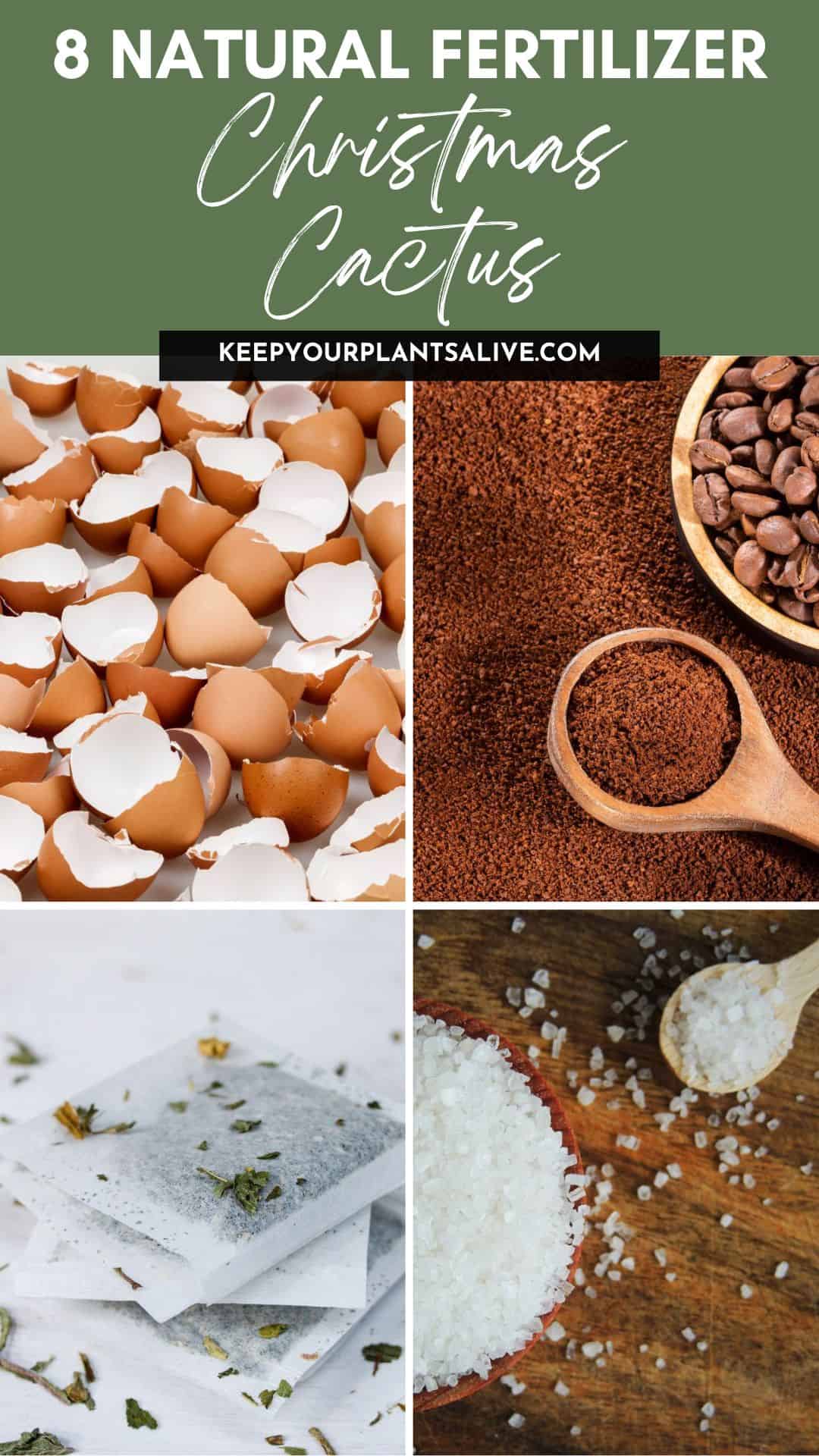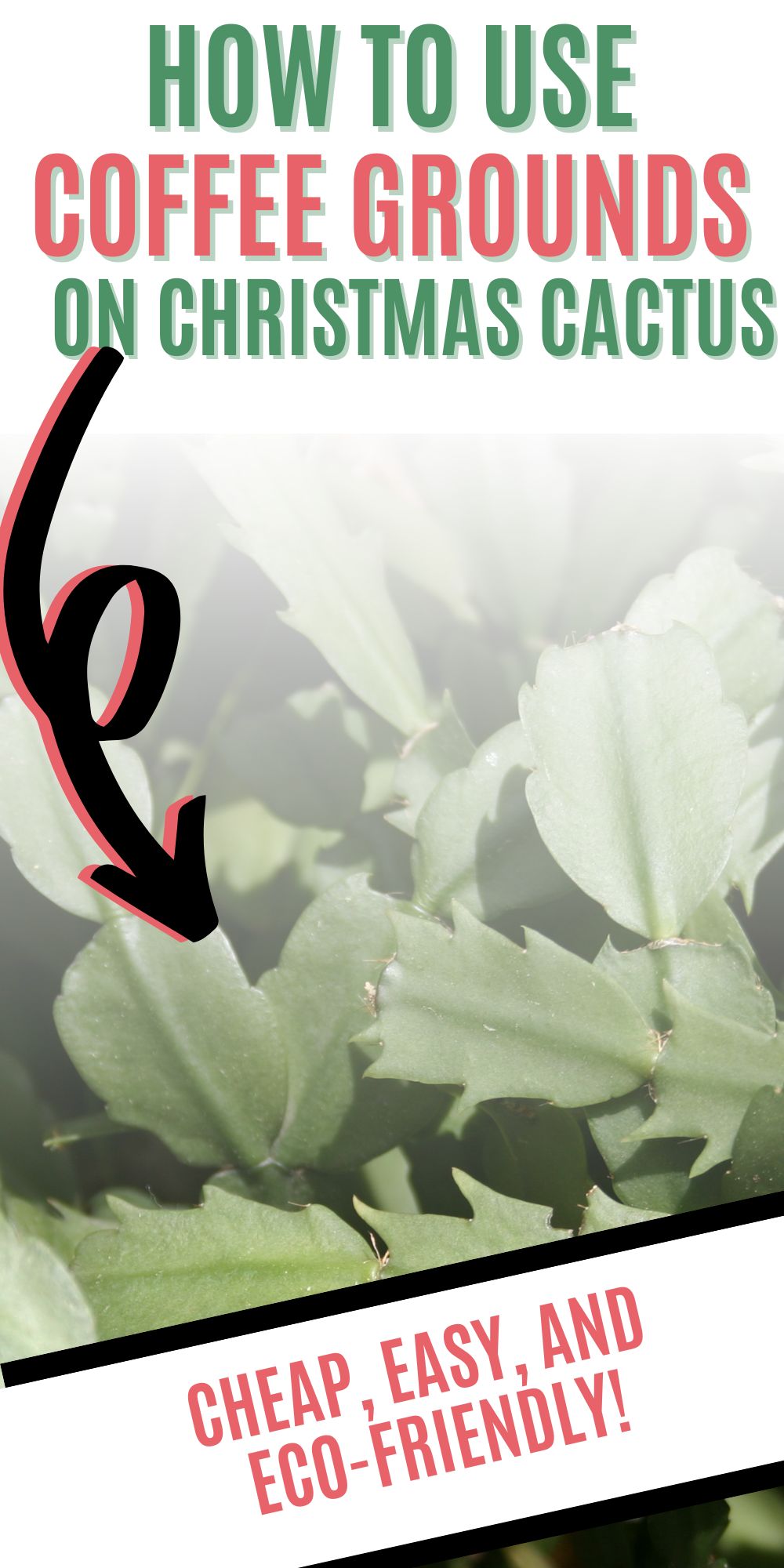Want to create a FREE liquid fertilizer for your plants? Here's how to make a banana peel fertilizer banana tea for your plants!
In our prior home, we had a compost bin. This compost bin, actually.
I enjoyed giving our plants compost, but the bin was just too big and cumbersome (and honestly stinky and dirty) to move.
We haven't set up a new compost pile in the new house yet, but we did set up our raised bed garden.
A little research into small-scale compost solutions led me to the idea of compost tea, or at it's most simplest, banana peel tea for plants!
I have made this banana water for my plants three times now, each about a week and a half apart.
Our tomato plants are doing really well - very lush and producing lots of flowers (not quite to the tomatoes yet).
While I can't say what is the exact reason that our plants are doing well, the banana peel water for plants is definitely not hurting.
Are banana peels good for plants?
Bananas are known to be very high in potassium. Potassium is a key ingredient in many fertilizers. Potassium helps living things move water and nutrients between cells.
Potassium is an essential nutrient that is said to make plants stronger, flower or fruit more, and more drought-tolerant.
Bananas as said to be especially good for rose bushes as well as tomato plants, but they can be good for many garden plants that need more potassium.
Bananas are also a good source of calcium, which can be beneficial to many fruiting plants.
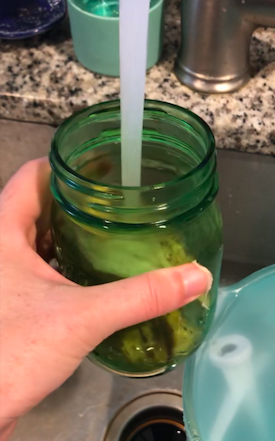
Banana peel uses in the garden
There are a lot of ways to use banana peels in your garden. You can make the banana peel tea, as I describe below.
Or, you can just throw the peels in your soil. They will decompose quickly and rain and watering will create a sort of version of the tea within your soil.
You can also put banana peels in the holes you dig to plant a plant, underneath the root ball. This will ensure that your plant absorbs the nutrients.
Some people claim that banana peels repel aphids, too, so it could be a potential simple solution if you have an aphid problem.
Here is a list of plants that like banana fertilizer!
Can I use this on indoor plants?
No, I would suggest that you do not use this banana fertilizer on indoor plants. While I think that the nutrient boost wouldn't hurt, the ripe banana peels can attract gnats and bugs, which you definitely don't want infesting inside your home.
A note about organic bananas
Bananas are known to be sprayed with a lot of pesticides. That spray goes on the peel. So, if you soak a banana peel in water, you're probably getting those pestacides.
For this reason, this is best done with organic bananas that were not treated with pesticides.
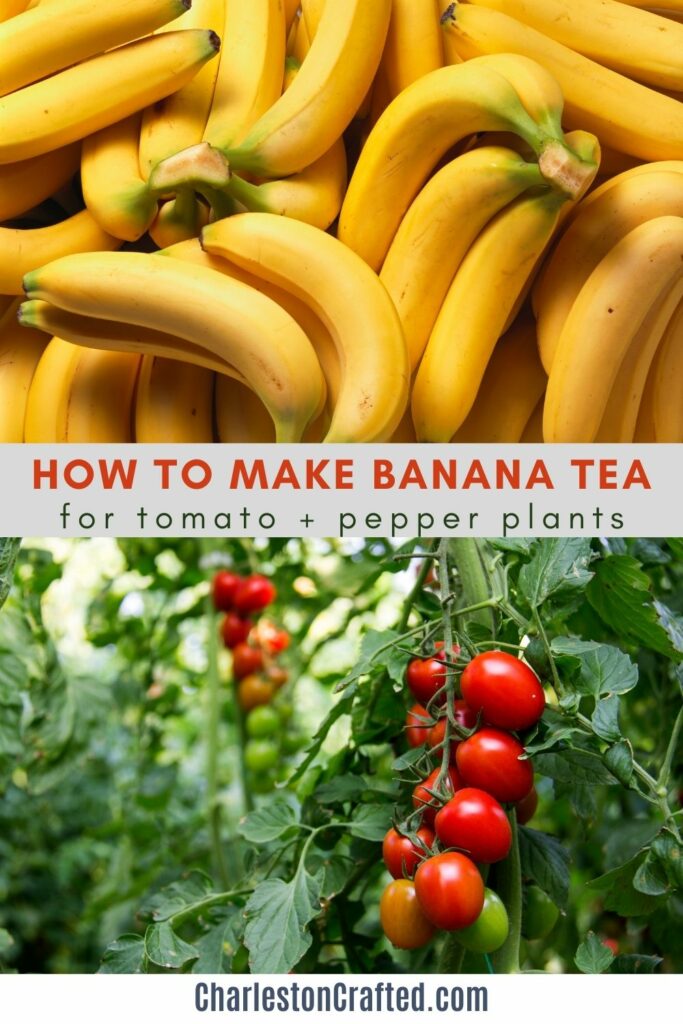
How to make banana peel fertilizer for tomatoes
Supplies needed:
- Banana
- Mason jar
- Water

Steps to make banana tea for plants
STEP 1: Peel the banana
Peel your banana. Eat the banana bits. Or, you can freeze them for smoothies!
STEP 2: Put the peels in a jar
I place my peels in a standard sized mason jar.
STEP 3: Cover with water
Cover the whole peel with room temperature water
STEP 4: Let sit
Sit on the counter for two days to a week. It might get bubbly.
STEP 5: Remove the peel
Remove the peel and throw it away or compost it!
STEP 6: Water your plants
Use the banana water to water your plants!
Free printable recipe card
Join the (free!) KeepYourPlantsAlive+ community to access this exclusive printable banana tea recipe card! Or keep scrolling for more!
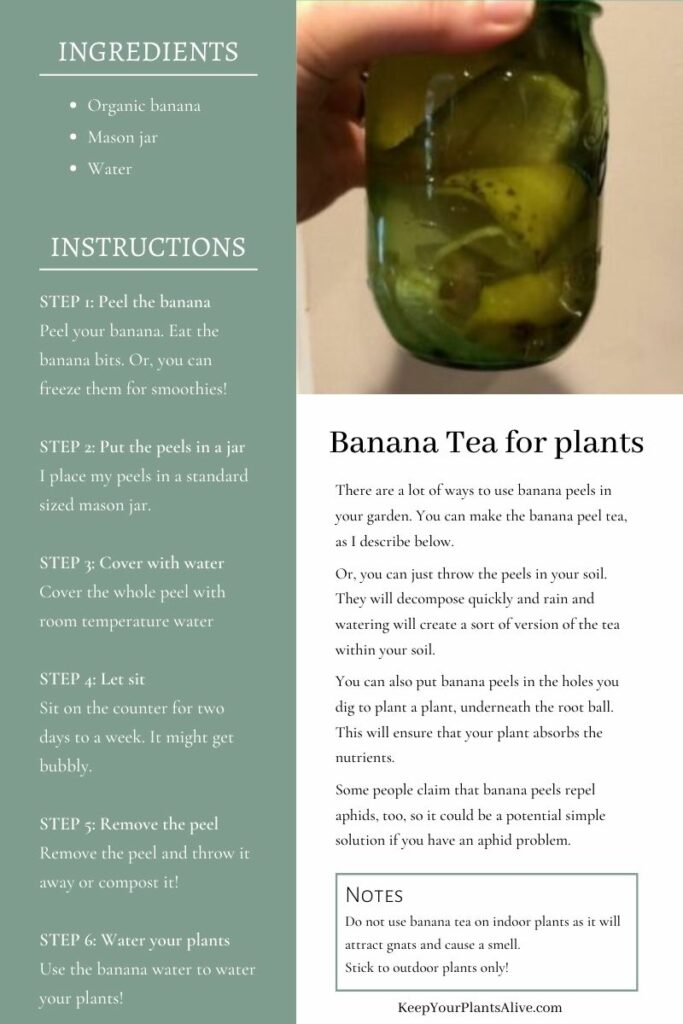
How long do you leave banana peels in water for plants?
I have left my peels in water from 2 days to a week. After about 3 days, it starts to get bubbly and kind of weird. Banana peels decompose quickly so 2 days is definitely enough.

How often should I water my plants with banana water?
I have been watering my plants with banana water about once a week. I have only been making one mason jar's worth at a time so it's not much water.
I'd definitely try it on your plants, then wait at least a week to be sure there's no adverse reaction before doing it again. You never know!
It's worth noting that most "over fertilizing" is from putting too much nitrogen on plants, and bananas don't have nitrogen.
Thanks for reading!


Hey there, I'm Morgan, a houseplant enthusiast from sunny Charleston, South Carolina. Growing up surrounded by my mom's lush orchids and African violets, I discovered the magic of bringing nature indoors. Thanks to the pandemic, I delved deeper into houseplants, discovering their power to uplift moods and transform spaces. I'm here to spill all my secrets, helping you pick the perfect houseplant - and make it happy. Let's keep your plants alive, together! 😊

